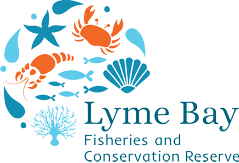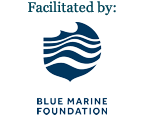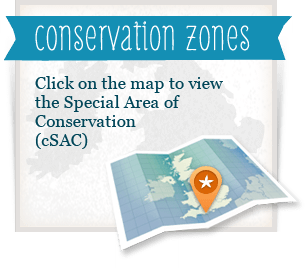Underwater Videos
Take a trip to the Lyme Bay reefs and submerge yourself in the underwater footage captured by the University of Plymouth.
As part of a long-term monitoring research programme, baited video cameras are left on the seabed to film for long periods of time capturing footage of all the mobile species present in areas of Lyme Bay. The footage is analysed by trained scientists, the number and species of each animal seen recorded, and the results contribute to the ever-growing picture into how the reefs of Lyme Bay are recovering after the removal of trawling. Starting in 2008, this is one of the longest continuous research studies of its kind in the UK.
The University of Plymouth has also developed a 'towed flying array'. A camera is towed from a boat, flying above the seabed and recording the animals and plants attached to the seafloor. Using this technology, a large area can be surveyed quickly and the changes in diversity of species monitored over time.
This world leading research has helped us understand how sensitive marine environments recover when fishing pressures are removed, or after extreme storms hit. Further research in has also recently defined sustainable limits for small-scale fishing methods such as potting. Below are some of the video highlights from the research and there are plenty more here on the University of Plymouth YouTube channel.
Lyme Bay Research Summary:
University of Plymouth baited remote underwater video (BRUV) footage:
University of Plymouth towed flying array footage:
STORM:





















